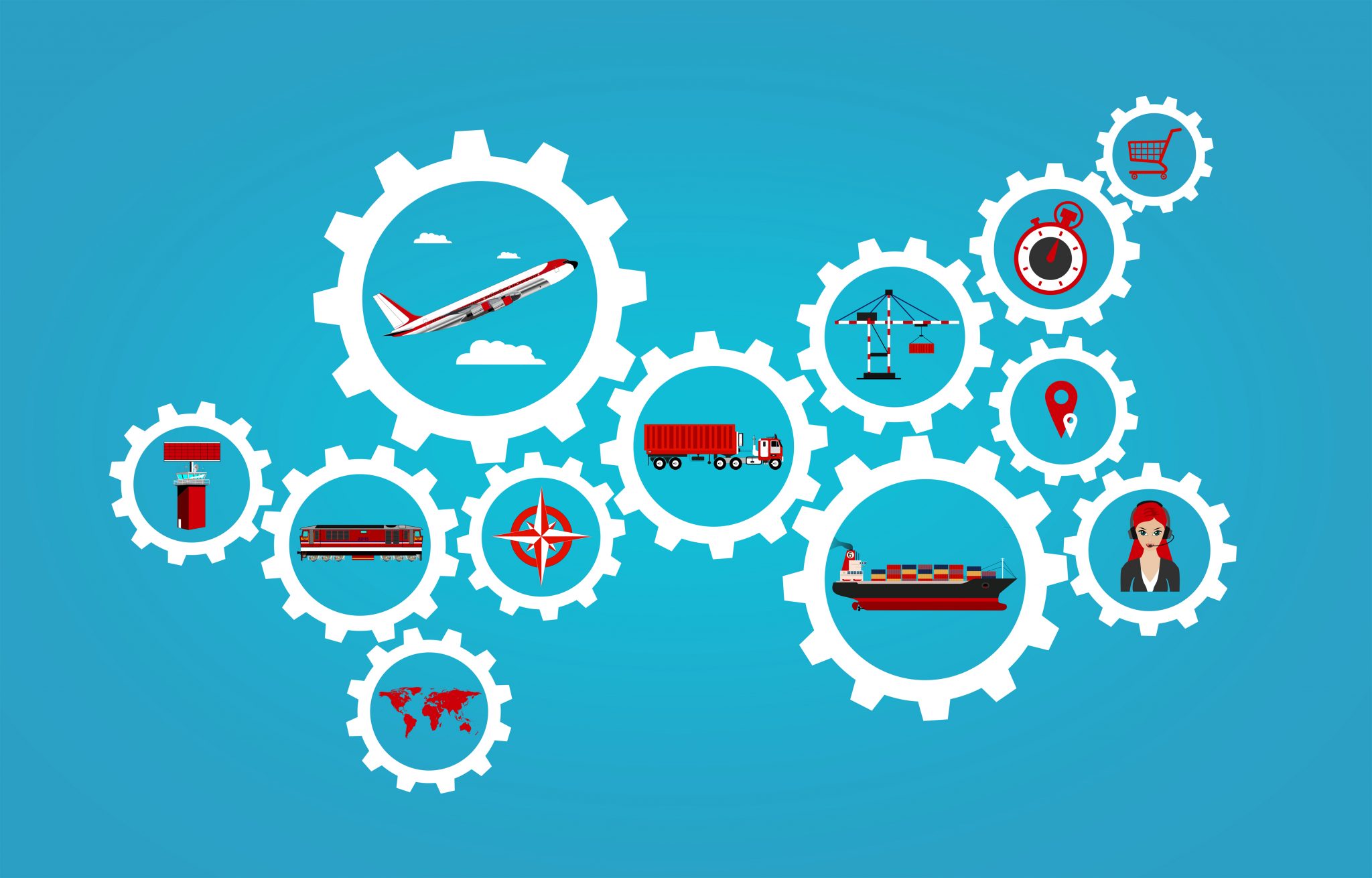
How Blockchain Technology Creates Operational Efficiency
Bitcoin and Crypto currency are all the news. However, the underlying technology (called blockchain) is something that can help organisations with business issues in making their operations both effective and efficient.
Business processes across organisations (multiple companies or partners), are often troubled with being slow and with poor quality of shared data. One way to think of blockchain is to think of a small part of an end-to-end business process that is distributed to multiple parties, without costly infrastructure, fully secured, auditable, and any need for duplication of data or monitoring by a central ‘governor’.
Blockchain technology allows flow of transactions across multiple parties, with data being intrinsically secure and easily auditable for transactions.
The technology behind blockchain is having a common ledger (of data) that is distributed to multiple parties. This information is shared with all parties via a distributed network without the need for a central governor. The technology means that any changes of data have to be agreed by all parties that are connected . These parties get notified of any changes for approval. Transactions are created by data changes which because of the nature of the block chain any tampering from outside parties which will change the nature of the data itself, alerting all parties. Although all the data sits in the common ledger, only relevant information (done via standard encryption) is seen by relevant parties based on a set of business rules agreed at the onset. These business rules also allow transactions on the blockchain to be dependent on agreed parameters for each party. In addition, The blockchain network’s due to its distributed ledger is resilient and will continue even if one or more parties are not connected, as exact copies of the ledger exist at each party.

There are 4 benefits of blockchain for organisation involved in the supply chain or process excellence.
- Quality – all parties can know the status of a transaction as data is stored on the immutable blockchain as it’s distributed. Hence different versions of data are eliminated, as are multiple hand-offs of data.
- Prevention of Fraud – anyone tampering with the block chain will be known by players due to the way blockchains are created.
- Speed – There is no reconciliation to do by a central controller, as the block chain ensures transactions are validated within the business rules itself. All participants do this validation in parallel with each other.
- Assurance – All transactions are recorded and immutable (can ’t be changed) so its very easy to audit to find out who did what.

Here are some examples of opportunities where blockchain would help, particularly in the supply chain/operational and business processes:
Supply chain – Data Accuracy
Ensure key data is consistent with partners. People across different supply chains run their own systems, but they need to share common data in a way that can’t be altered or tampered. A block chain system setup based on business rules where core data elements are all on a shared ledger, which give incredible assurance to all parties of key data. It also allows regulator bodies (say like customs) that there has been no external tampering with key data such as address, goods description, weight etc.
Speeding up of Finance transactions between multiple parties
As an example, in the asset rental sector, there will be several players of the lease (bank, lessor, customer, insurance company, government authority etc.). They all need certainty that assets location and key data is correct at all times. A block chain ensures that a single source of truth for all transactions ensures that a single version of data exists and reduces resources spent on data inaccuracy, data validation and aligning systems. Furthermore, transaction accuracy allows certainty on transactions often the source of considerable delays.
Asset Maintenance – Transaction tracking between different players
In the asset maintenance process, there are multiple players (asset owners, maintenance staff, sub-contractors, banks, government institutions, transporters etc.) who want to have the most up to date asset life-cycle information and to avoid duplicate data on the asset. Impairments of assets are often a major surprise to organisation. Having a blockchain process would reduce this and provides assurance that the asset management process is working well across different parties and allows the seamless introduction of new parties.
Outsourcing/offshoring Optimisation for Large Organisations
Many large organisations have a high level of outsourcing or offshoring. This is where work might pass between multiple partners and need to be tracked, tamper-proof and easy to audit/verify. Blockchain technology can allow the company to have multiple outsourcers or even allow multiple outsourcers to deliver the same work based on a set of business rules. This means the choice of provider can be expanded without having to build added infrastructure.
Recruitment Operations- Delay in Processes
Recruitment is a process where delays and multiple party interaction is common. Multiple parties are involved in recruitment from past employees (for references), recruitment company data, payroll information, DBS checks, identify verification etc… The friction between these parties plus the possibility of poor vetting can be avoided by using blockchain technology that ensures documents (e.g. university certificates) are verified, reference information is consistent and fraud is detected early on.
Carrying out a BlockChain Assessment
So how can one get started on understanding how to move forward?
At the moment Blockchain is in the hype part of technology according to Gartner(1). What is needed is a realistic assessment by each organisations to consider this technology before buying into the hype. For this we suggest an assessment of your organisation that would seek to answer 2 questions:
- What opportunities exist for using Blockchain technology in your organisation?
- How might the use of blockchain technology by your partners
,and competitors affect you?
As part of the assessment, we will examine core business processes in which there are external partner transactions (e.g. supplier, auditor, trade body, regulatory body, outsourcer, customer, distributor). The assessment will look at two underlying opportunities:
- Whether multiple parties exist in some network with the organisation,
.Otherwise you are looking for the wrong solution with a technology like blockchain that will deliver little value on investment. - What friction exists within parties (potential of fraud, the possibility of data mistakes (duplicate ledgers), speed of response, auditing costs, etc.)?
- What are the possible benefits of a blockchain solution might outweigh the costs of set-up including change management?
- What risks exist to the organisation due to the possible external threat of this developing technology?
I would welcome comments on this new area of opportunity in Supply Chain.
References
- Pettey, Christy. ‘The Irrational Exuberance That is Blockchain.’ Gartner, Feb 2018.
- Venkataraman, M, et al. “Adopting Blockchain for enterprise asset management“. IBM, March 2017